Magical Monti Alburni
One of the many reasons I love travel is the fact that it brings people together with common connections. While I was working in Berlin this year I was introduced to Sascha Mollering and found that we both recently each had wonderful trips to Southern Italy. I invited him to share his experience to Monti Alburni, an Italian mountain range in the province of Salerno, and his “day trip from the wondrous heart of a mountain to its very top”…
To be honest, it sounds a lot more laborious than it actually was; most of the time we used a car. The Monti Alburni is a mountain range sometimes referred to by Italians as “The Dolomites of the south”. Nearly vertical cliff faces several hundred meters high mark their boundaries, glowing in golden hues when the afternoon sun touches them. Just a couple of kilometers from the coast and the floodplains and buffalo farms surrounding Paestum, the land is still wild and some places can only be reached by facing some of the scariest roads I’ve seen in Europe.
When you come up from the sea, the streets get more winding with steeper fails beckoning behind flimsy safety rails. In May the vegetation is incredibly green and not many people are about so exploration is easy. We crawled along, staying below the speed limit and at one point the road was blocked by signs with warnings of rock slides, advising us to turn around. The problem was this was the only way to get where we were going without taking a long detour. While contemplating what to do, a local came to a stop and asked us for our destination and he offers for us to follow him. Honking before every switchback we fight to stay at his tail. From time to time he slows to a crawl where the tarmac bulges, like grey cookie dough oozing down the mountain side.
We arrived at Grotta di Castelcivita around noon. The moment we opened the car doors we heard an unmistakable sound only several hundred children could produce. Elementary school students on a day trip with a few teachers and chaperons milling about. We waited as the school groups received their own guides. Even as well lit and well explored this cave is, getting lost without a guide would be possible.
As we waited we walked down the road in the heat. It’s only May but the noon sun has the temperature rising well above 80’s. We pass a couple of old rusticos before we decide to follow a dirt track leading down to some shade getting steeper and rockier as we head down. It’s quiet, insects buzz lazily about, lizards rustle in the undergrowth. From time to time a large bird of prey screams high above the valley. Slowly, another sound makes its way to the foreground, soft trickling of water, dancing over stones. Suddenly, we are standing at the banks of a shallow river inside an old, deserted mill. The mill stone still resting in the corner, the roof almost gone, trees and vines growing through it.
Elated from our find we head back to the cave, our heads filled with imagery and bags filled with small colorful stones as keepsakes. Inevitably we have missed the group we were supposed to join but with our luck one of the guides gives us a private tour. We received a multi language audio guide PLUS an explanation from our guide in Italian, a bit exhausting but the guide is passionate about his job so we let him continue. Today over 5000m of the caves are explored making the Grotta de Castelcivita one of the world’s largest cave systems, with about 1200m are accessible to the public. In the mouth of the cave there are remains of human habitation dating back as far as 30,000 years ago.
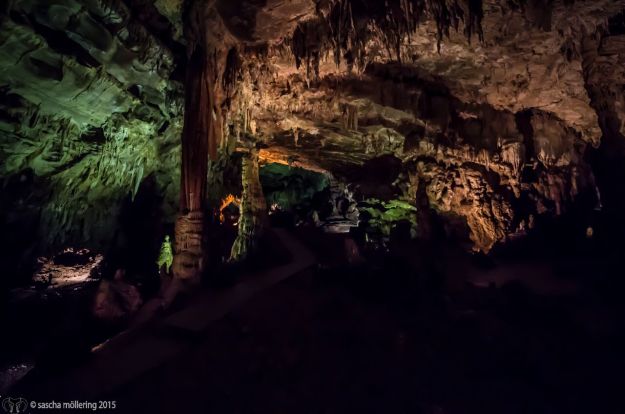
Coming out of the cave is like waking from a dream. Faced with sunlight and noise somehow doesn’t seem right after emerging from such a fairytale below our feet.
On top of the mountain lies the town of Castelcivita with a medieval tower guarding the valley below. Narrow alleys with endless stairs crisscross the vertical community. Ancient archways connecting overhead, every house leaning on the next for support. WE came upon a small piazza with a fountain, a huge bench with old people gossiping outside of the only bar that doubles a small convenience shop. The proprietor used to live and work in Munich for more than 20 years until he returned to care for his mother and take over the business. He is happy to speak German with us, maybe being homesick for Bavaria. He talks of their dying community, the young people moving away while the elderly linger. Castelcivita lost one third of its population over the last two decades. Even though Paestum, with its archeological highlights and sandy beaches is a 30 minute drive, the number of tourists finding their way here is decreasing low enough to count them by day.
We ended the day at an amazing Agriturismo, where we were the first guests of the year. Our welcome was heartwarming and calorie rich proving once again that southern hospitality is a cliche well rooted in reality. The blood red sun begins to disappear behind a hill and with the taste of home made Limoncello on our lips we sink into our beds after a magical day full of surprises.
“When you come to the south you cry twice; once when you arrive because it’s so beautiful and once again when you leave.”
Where to Go
Grotta di Castelcivita is open March through October and the entry fee is 10 Euros, including a guide. It’s about 1hr from Paestum.
Where to Stay
Agriturismo Melograno is open all year, about 70 Euros for a double room with half board, the amazing hospitality included. Located about 6km from Controne; 0828/971749 or 334/7932389
Read more about Sascha, his stories and his wonderful photographs by visiting his site HERE
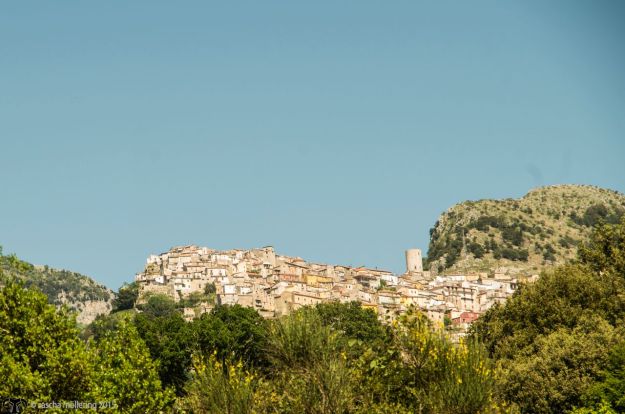
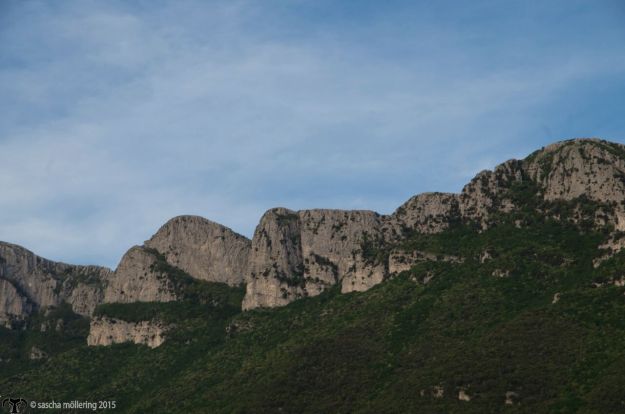
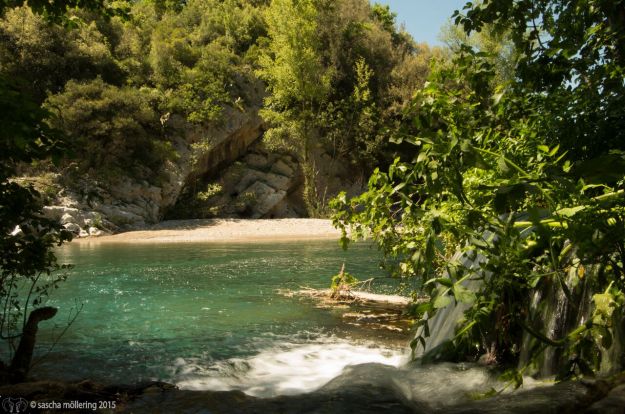
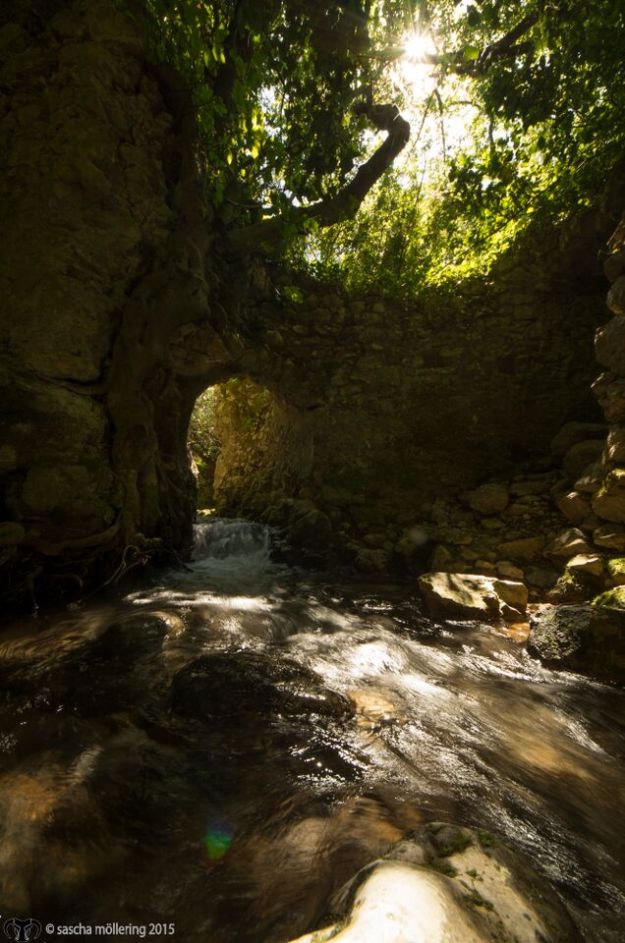
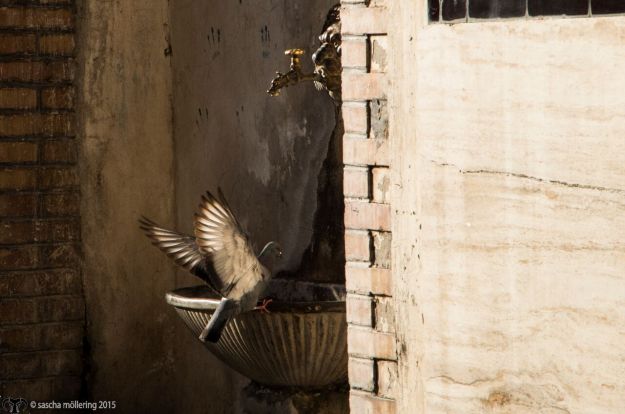
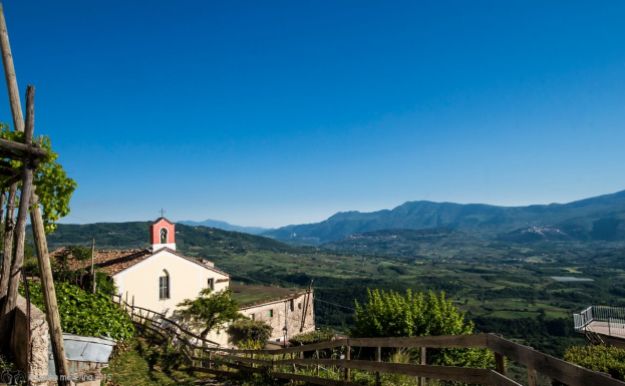



0 Comments
Pingback: